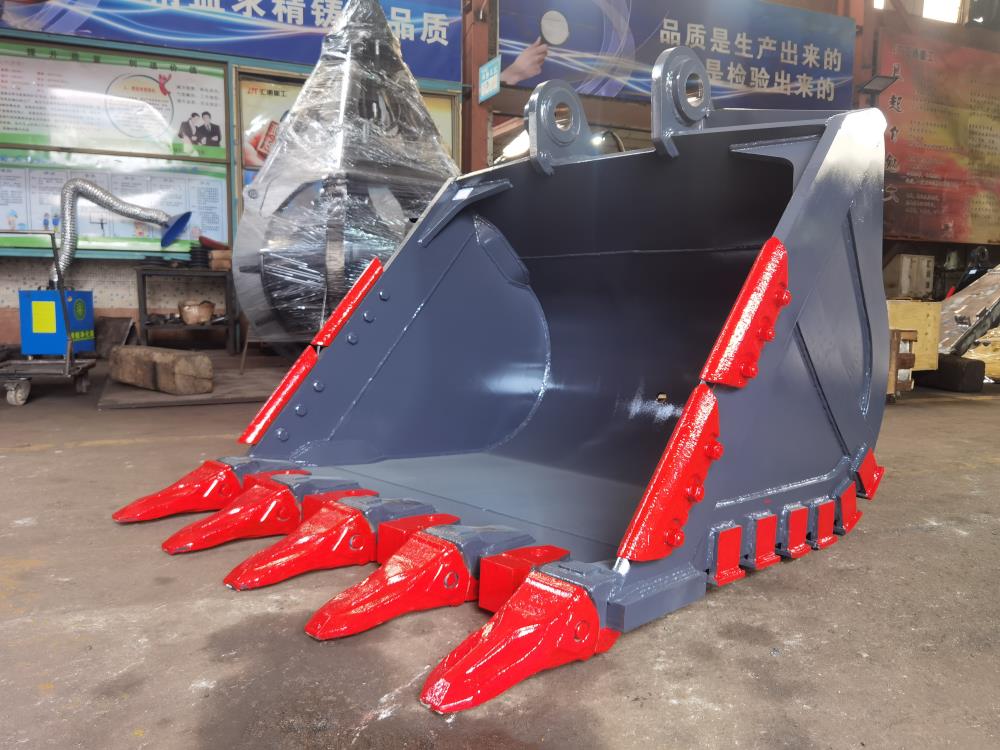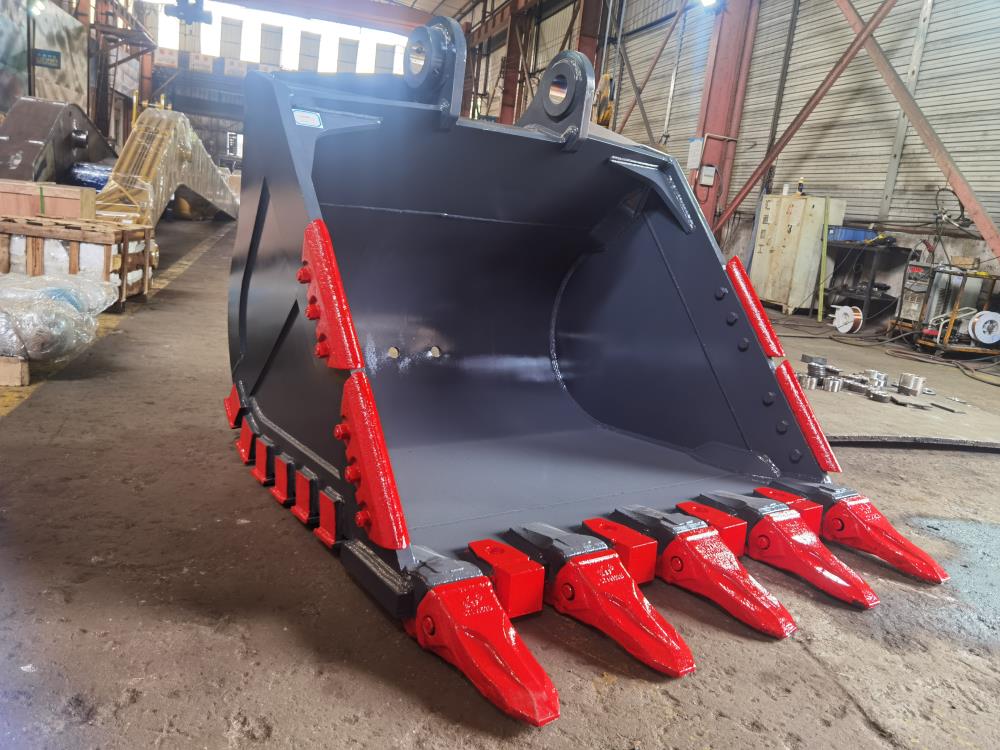 HuiTong
HuiTong  2025-06-13
2025-06-13
With the development of construction engineering, excavators play an indispensable role as essential construction equipment in various projects. However, during the operation of excavators, there are instances where the excavator bucket cannot be installed, which not only delays project progress but also poses potential safety hazards. Therefore, addressing the situation when the excavator bucket cannot be installed becomes a crucial issue that requires attention during construction.

Firstly, it is necessary to inspect the mechanical connection components of the excavator and bucket, including pins, pin holes, pin slots, etc. Damaged or worn components in these parts can prevent the bucket from being properly installed on the excavator. In such cases, prompt replacement of damaged parts is required to ensure the integrity of the connection components.
The cleanliness of the connection surfaces directly affects the quality of installation between the excavator and bucket. Before installation, thorough cleaning of the connection surfaces of the excavator and bucket is essential to remove any dirt, oil, or other debris, ensuring a tight and stable seal between the connection surfaces.
Sometimes, incorrect posture of the excavator can also prevent the bucket from being installed. Prior to installation, it is necessary to ensure the balance of the excavator, adjust the installation position and angle of the bucket to match the connection components of the excavator, thus facilitating the smooth installation of the bucket.
For some complex installation situations, professional tools and equipment may be required to complete the task. For example, using a crane to lift the bucket, or using hydraulic jacks to adjust the posture of the excavator. When using such professional tools and equipment, it is essential to ensure that the operators possess the relevant skills and experience to prevent accidents.
Effective communication and collaboration among team members are crucial when dealing with the situation where the excavator bucket cannot be installed. Operators, technicians, supervisors, and other parties involved should closely cooperate, analyze the root causes of the problem, formulate solutions, and strictly implement them to ensure timely and effective resolution of the issue.
Finally, to prevent situations where the excavator bucket cannot be installed, regular maintenance of excavators and buckets is necessary. Timely replacement of worn parts, cleaning and lubricating connection components, inspecting the posture adjustment devices of the excavator, etc., will help maintain the equipment in good condition and improve the success rate of installations.

In conclusion, addressing the situation where the excavator bucket cannot be installed requires consideration and solutions from multiple perspectives. By comprehensively applying measures such as checking connection components, cleaning connection surfaces, adjusting excavator posture, using professional tools, strengthening team communication and collaboration, and regular maintenance, the problem of the bucket being unable to be installed can be effectively resolved, ensuring smooth progress of construction and quality assurance.